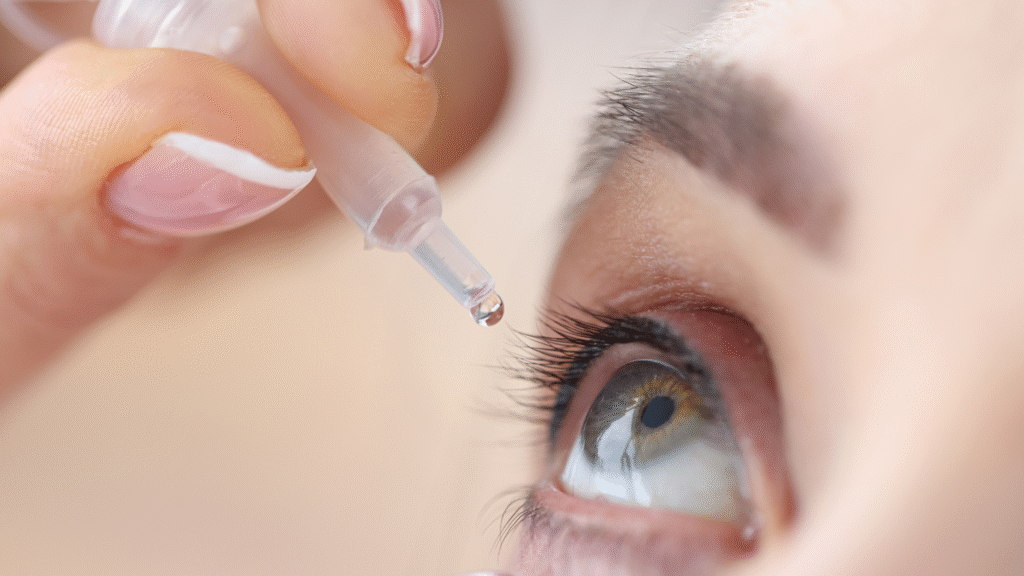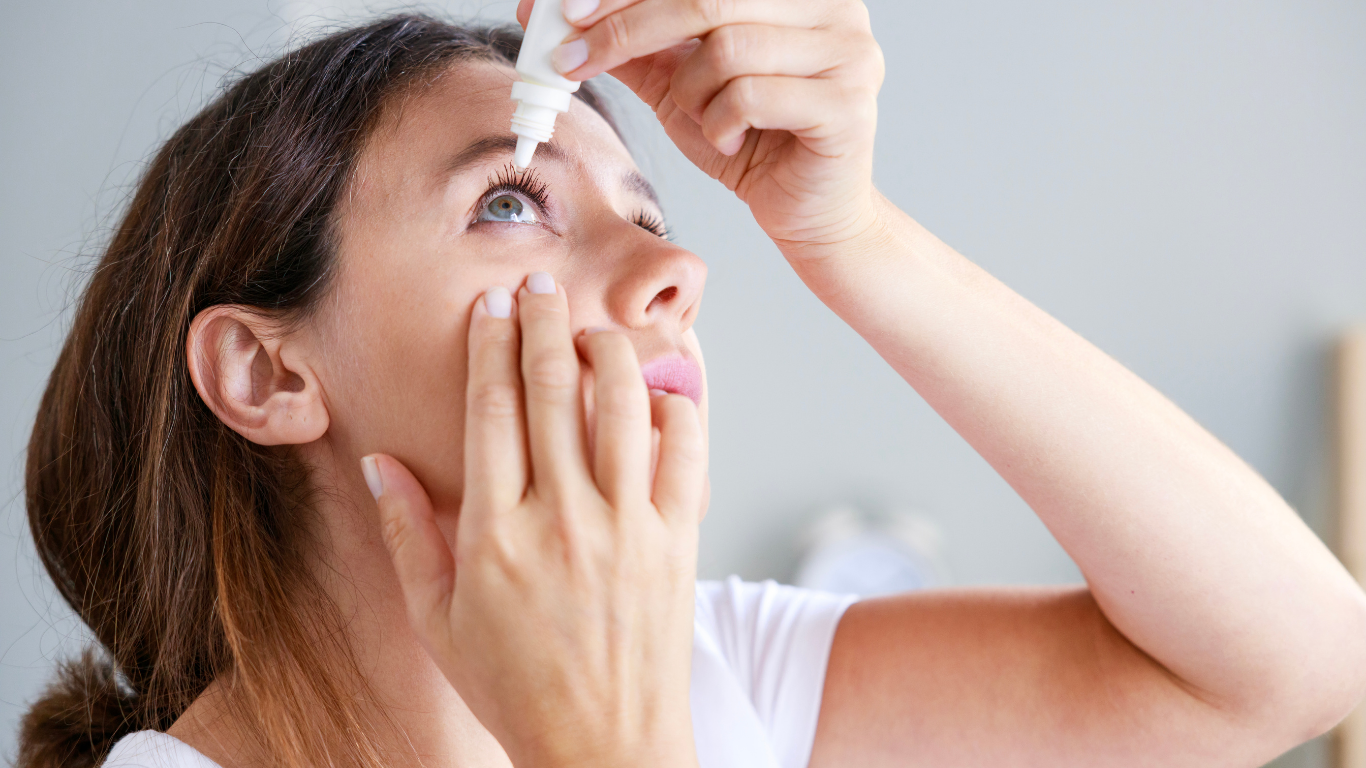Revolutionary eye drops may replace cataract surgery. This is a breakthrough in vision care. Scientists are creating advanced eyedrops. These drops can dissolve cataracts without surgery. This offers a safer option. It’s also more accessible than surgery. This approach excites people globally. It could help millions see again. It may reshape ophthalmology. The eyedrops pave the way for future vision care.
Cataracts are one of the leading causes of vision loss worldwide, affecting millions of people every year. According to the World Health Organization (WHO), cataracts account for nearly 50% of global blindness cases. The cloudy buildup in the eye’s lens causes blurry vision, glare sensitivity, and eventually severe sight loss if left untreated. Until now, the only effective solution was cataract surgery – a highly successful but invasive procedure where the cloudy lens is removed and replaced with an artificial one.
But what if we could restore clear vision without going under the knife?
That is exactly what researchers at Anglia Ruskin University are working on. They have developed a groundbreaking new type of eye drops containing a special compound called VP1-001, which shows promising results in clearing cataracts in preclinical studies. These drops could potentially revolutionize how we treat cataracts and make vision restoration more accessible to millions worldwide.
How Cataract-Dissolving Eye Drops Work

Cataracts form when proteins in the eye’s lens clump together, creating a cloudy area that blocks light from properly reaching the retina. The VP1-001 compound works by breaking down these protein clumps, helping restore the lens to its natural, clear state.
In mouse trials, researchers reported remarkable results:
- Just one drop improved vision in 61% of cases.
- Nearly half of the mice showed noticeably clearer lenses under a microscope.
While this treatment does not yet work for every type of cataract, and human trials are still in progress, it represents a major leap forward in ophthalmology.
Why This Breakthrough Matters
Cataract surgery is considered safe and effective, but it comes with limitations:
- Accessibility issues – In many low- and middle-income countries, surgery is either too expensive or not widely available.
- Surgical risks – Although rare, complications like infection, inflammation, or retinal detachment can occur.
- Infrastructure requirements – Surgery requires specialized equipment, trained professionals, and recovery time.
Eye drops, on the other hand, could be used anywhere, anytime, and without the need for surgery, anesthesia, or long waiting lists. This would be life-changing for people in remote areas who struggle to access eye care services.
Imagine simply applying a drop every day for a few weeks and regaining clear vision – no scalpel needed.
The Potential Impact on Global Health
If human trials confirm the same level of success as preclinical studies, cataract-dissolving eye drops could transform the future of eye care:
- Affordable Treatment for Millions – Cataract surgery can cost hundreds or even thousands of dollars per eye, depending on where you live. A non-surgical option would significantly reduce treatment costs.
- Reducing Surgical Backlogs – Hospitals around the world face long waiting lists for cataract surgery. Eye drops could ease this burden and allow hospitals to focus on more complex cases.
- Preventing Blindness in Resource-Poor Areas – The WHO reports that untreated cataracts remain a major cause of avoidable blindness, especially in countries with limited medical infrastructure. A simple eye drop could change that.
- Improved Quality of Life – Patients could avoid the downtime and anxiety associated with surgery and recover their vision without major disruption to daily life.
What Experts Are Saying
Ophthalmologists see this as a potential game-changer. While surgery remains the gold standard, they are hopeful about what this innovation could mean for the future.
Dr. Anuraj Nayarisseri, a leading ophthalmology expert, highlighted that this is one of the first serious non-surgical approaches to cataract treatment. Although he emphasized that human trials must be completed before the treatment becomes widely available, the excitement in the scientific community is undeniable.
Current Recommendations for Eye Health
Until these drops are proven safe and effective for humans, it is crucial to continue protecting your eyes and preventing cataract progression where possible. Here are some tips:
- Use sunglasses that block UV rays to prevent lens damage.
- Maintain a healthy diet rich in antioxidants (fruits, vegetables, leafy greens).
- Avoid smoking, which increases the risk of cataracts.
- Get regular eye checkups to catch problems early.
- Manage health conditions like diabetes, which can accelerate cataract formation.
The Road Ahead
While VP1-001 eye drops are not yet available for public use, the progress so far is promising. Human clinical trials will need to confirm not just the effectiveness, but also the safety, dosage, and long-term effects of the treatment.
If successful, this breakthrough could completely reshape how we treat age-related vision loss. The possibility of dissolving cataracts with a simple, painless eye drop may sound like science fiction, but it is now closer than ever to becoming reality.
Final Thoughts
This innovation represents hope for millions of people worldwide. If proven effective, VP1-001 could save countless individuals from blindness, eliminate the need for invasive surgery, and make vision care more equitable across the globe.
One day, regaining sight might be as simple as reaching for an eye drop bottle. For now, we wait eagerly for the results of ongoing research – a future with clear vision is in sight.



